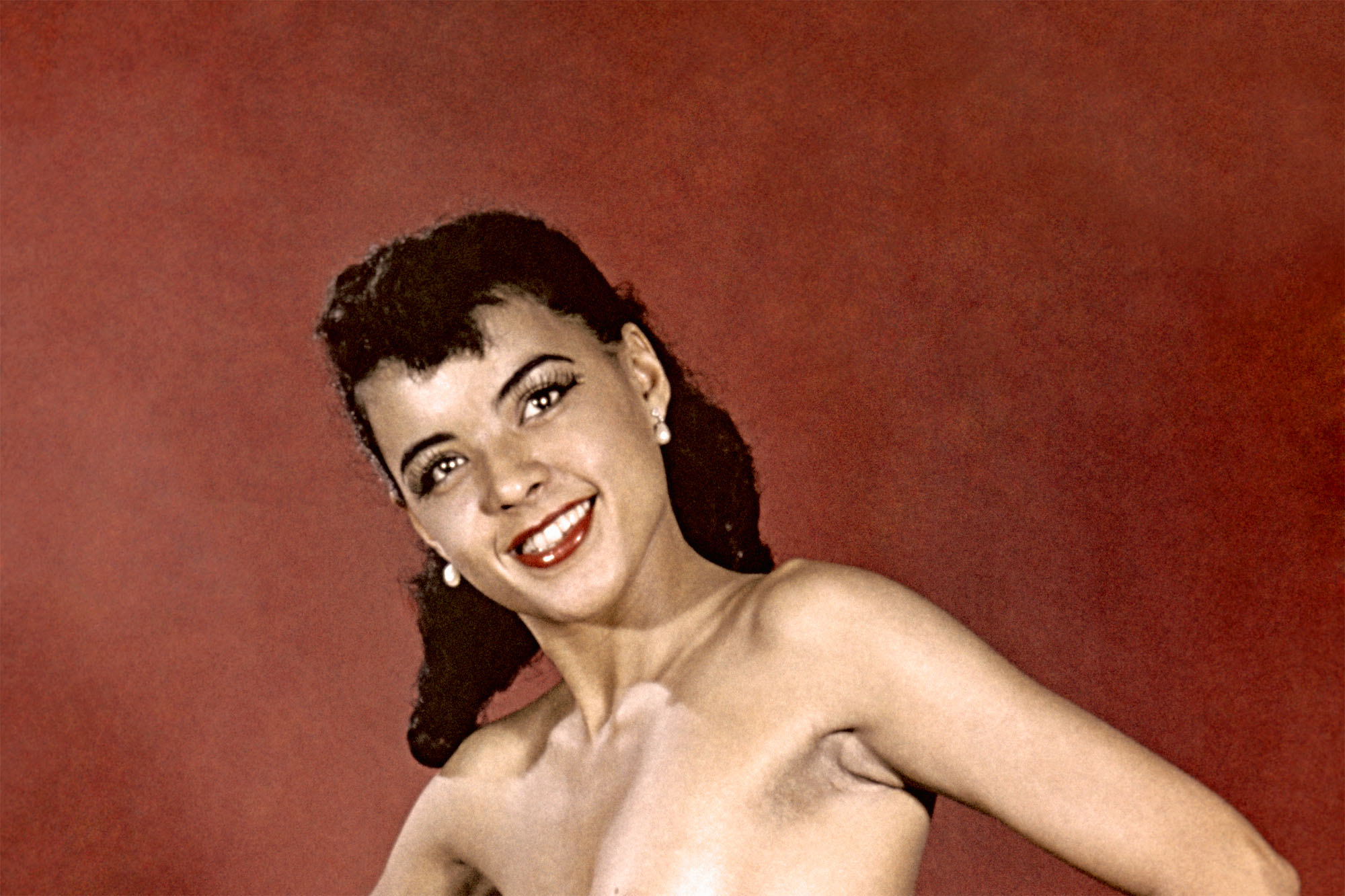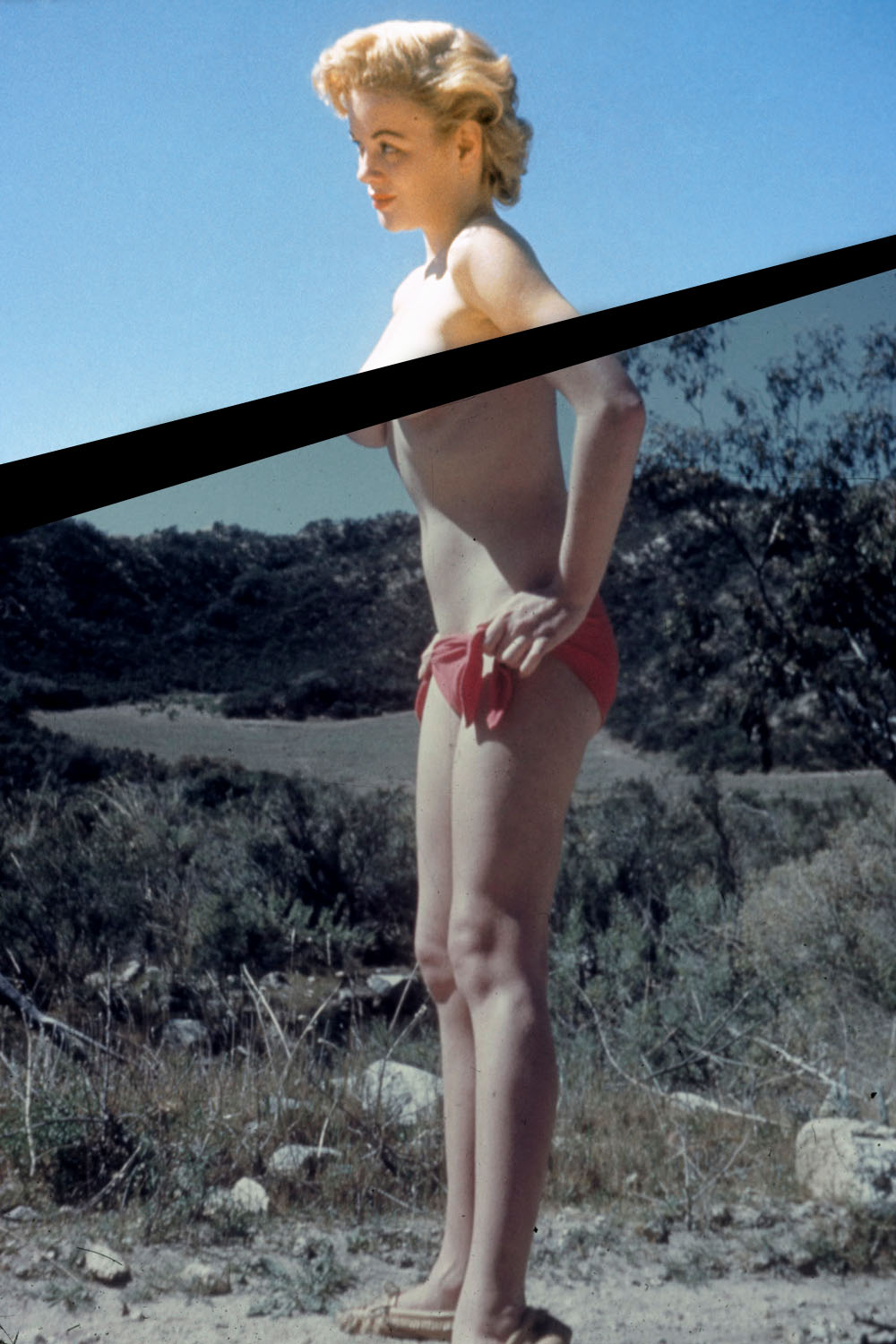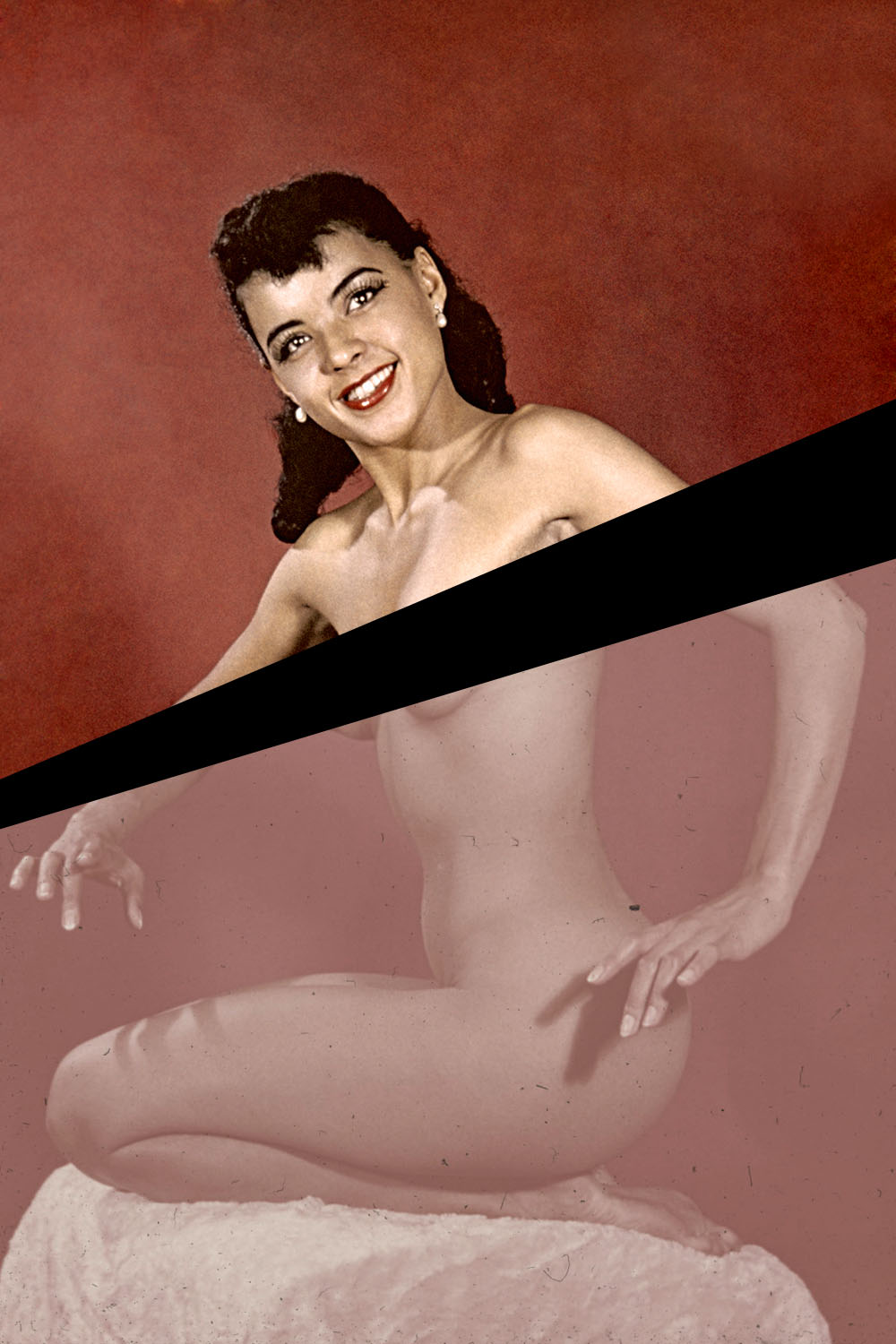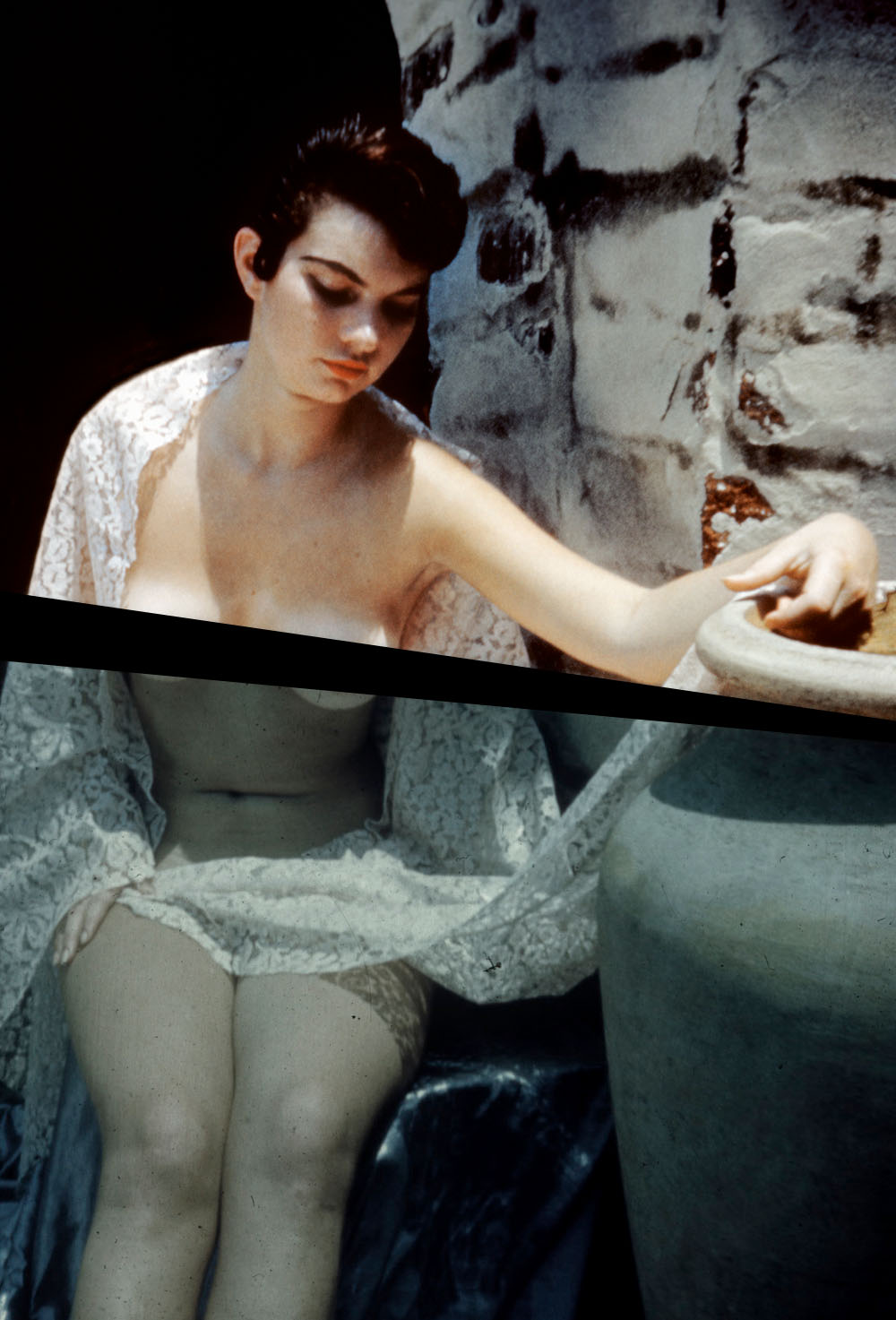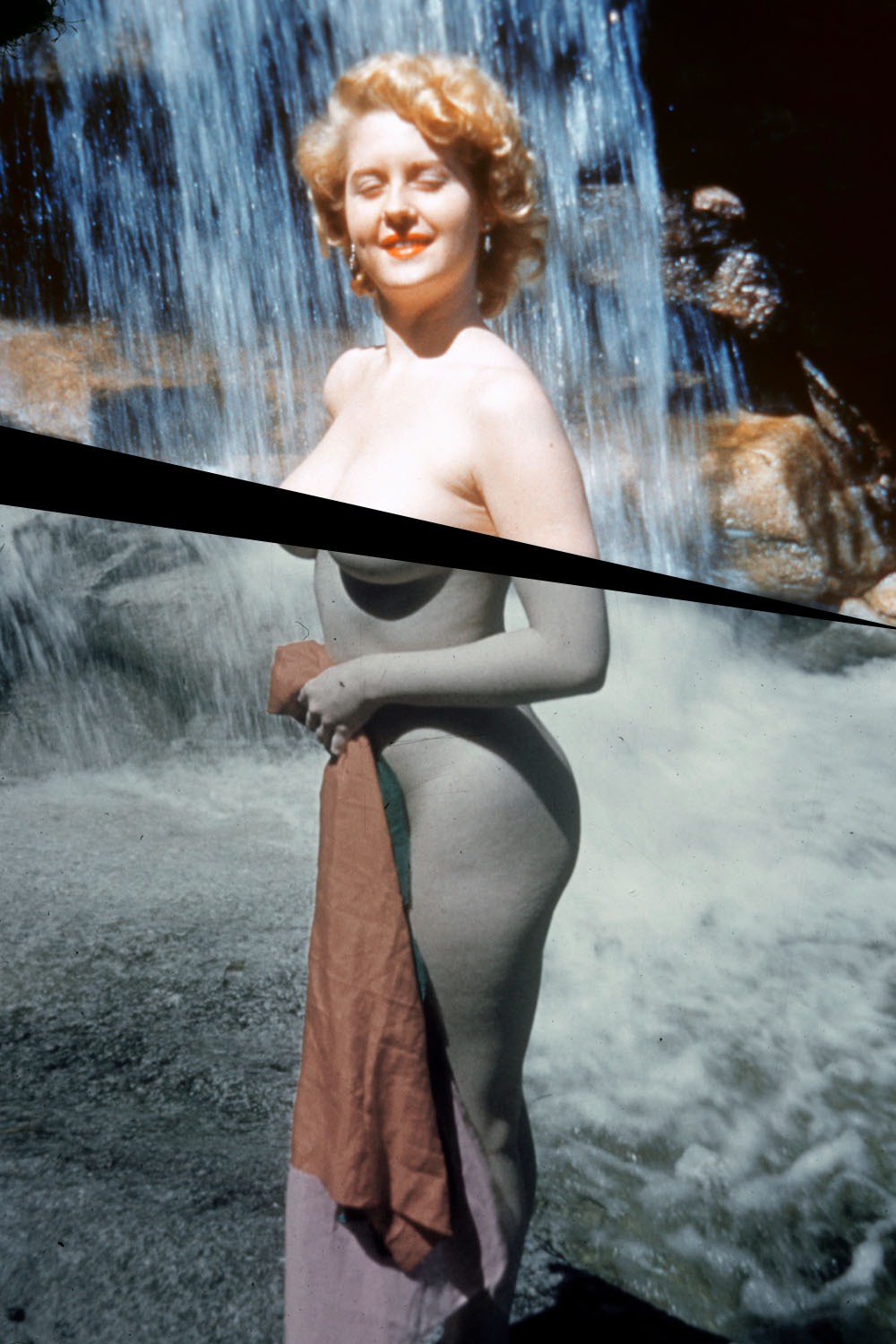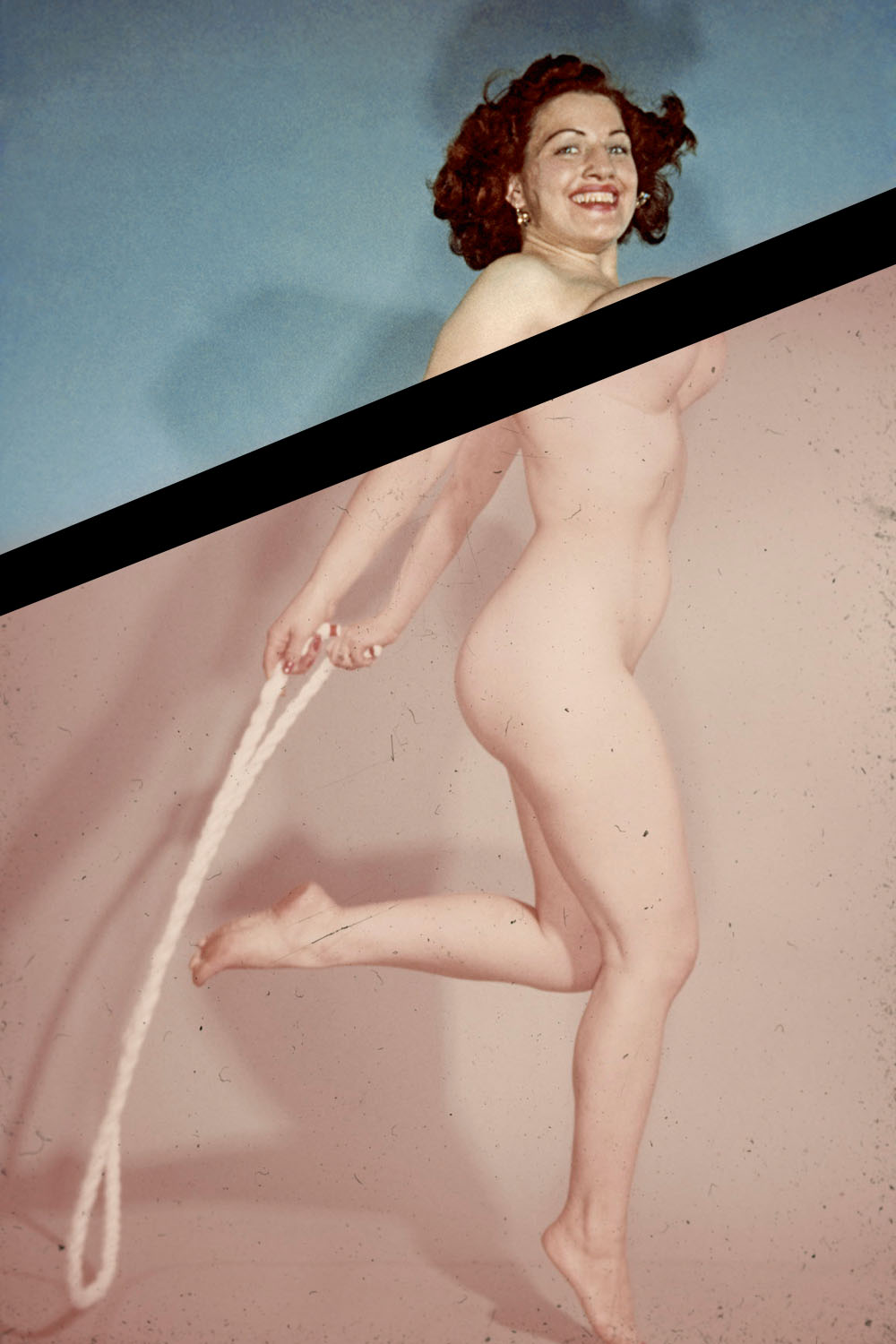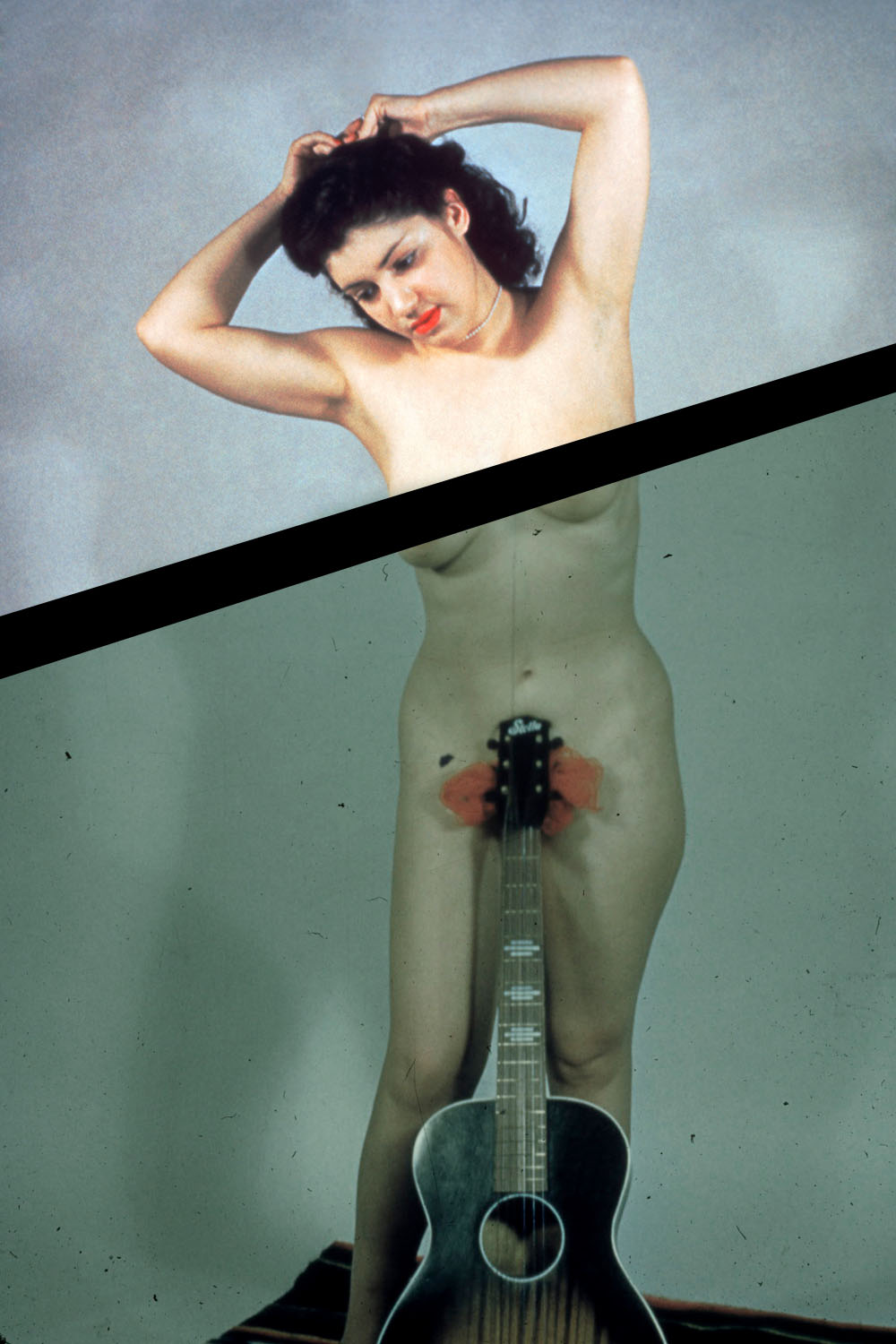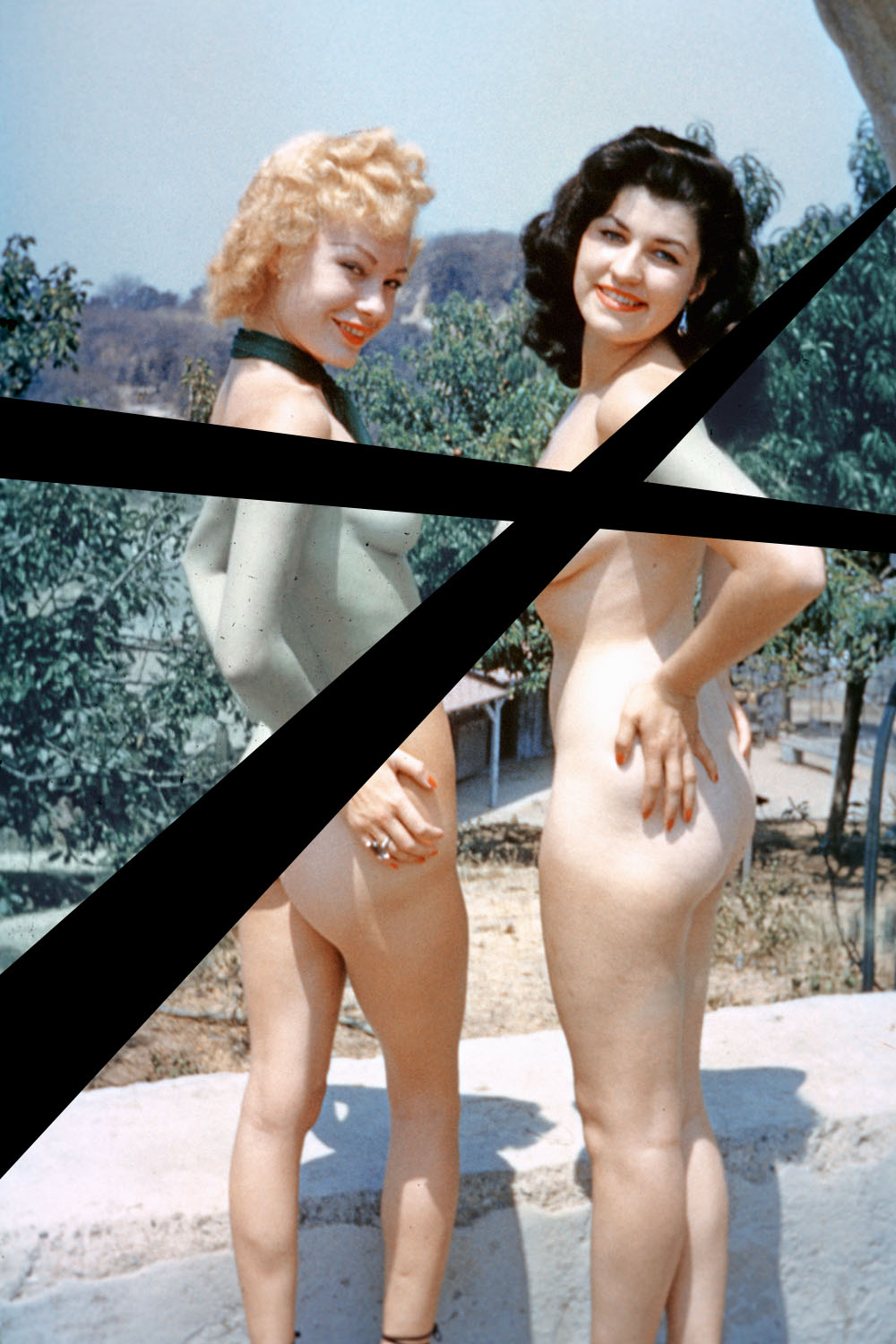Artists have depicted nudes in their work for millennia. The Venus of Hohle Fels was carved from mammoth ivory 35,000 to 40,000 years ago and it still exists today. It's satisfying to know that future generations will be able to enjoy erotic depictions in many mediums, carefully preserved in museums worldwide. Pinup photos from the 1950s might not be one of those mediums, however.
"Cheesecake" photography was all the rage in the 1950s. The term is the female equivalent of "beefcake," and it was used to describe the style of boudoir photos and bathing beauty pictures of that era. Photographing women in skimpy bathing suits was nothing new, but it took some time before pinup photography arrived in living color.
The Eastman Kodak company introduced color film to the masses in 1935 when it released Kodachrome (arguably, the most beloved film ever made). There aren’t many nude color portraits from the 1930s or 1940s, however, and there is a reason: obscenity laws.
Kodachrome was developed using a special system that could only be processed in a commercial laboratory. To send nude photos to a lab was a risk that many frisky photographers wouldn't take, and by the late 1940s and into the 1950s, they wouldn't need to. "Develop at home" color films like Ektachrome and Anscochrome arrived to great fanfare. Unfortunately, those films had a hidden defect that wouldn't become known for decades: The colors shift and then fade away.
I learned about this after buying a small collection of 1950s nude pinup photos. Some of the slides in my collection were too faded to restore, but other still had enough color to be discerned. Thus began my two-year project to restore these photographs to their original color and beauty. The restoration process wasn't complicated, but it was tedious. Each 35mm slide was:
Blasted with compressed air to remove dust;
Cured with a non-abrasive chemical treatment (Vitafilm);
Scanned at 5400dpi (approximately 42 megapixels);
Retouched of stray hairs, dirt, water stains, holes, and scratches; and
Restored to original color.
I hope you enjoy this collection of vintage nude photography. I've blacked-out the R-rated parts, but the photos below are still not safe for work (NSFW). The uncensored photos are available here.
For me, the 1950s represent the last era before erotic artwork shifted toward pornography. But, if others are not of the same opinion, the world stands to lose a generation of vintage art that isn't quite old enough to get the attention that it deserves, but is beautiful just the same.
